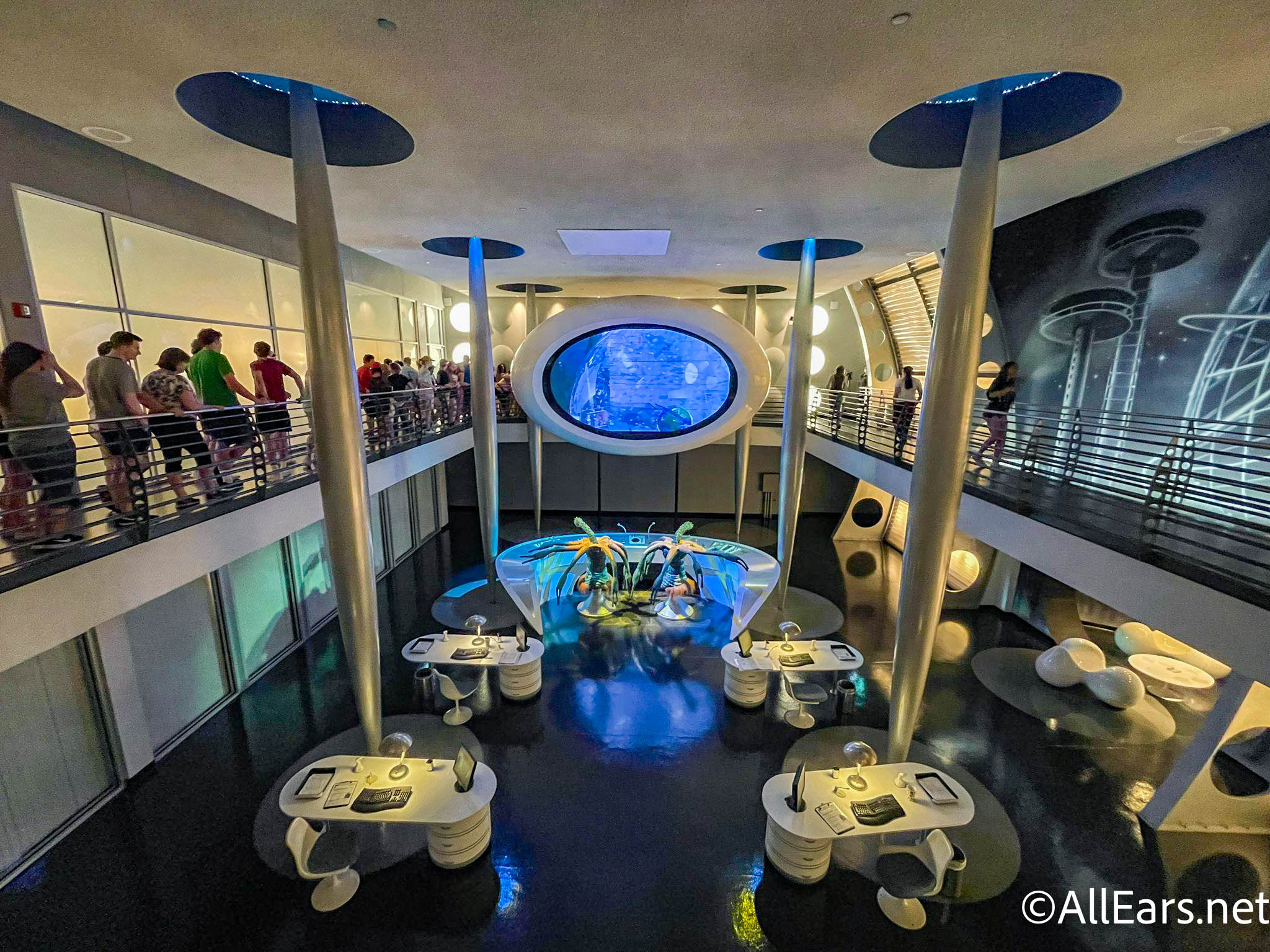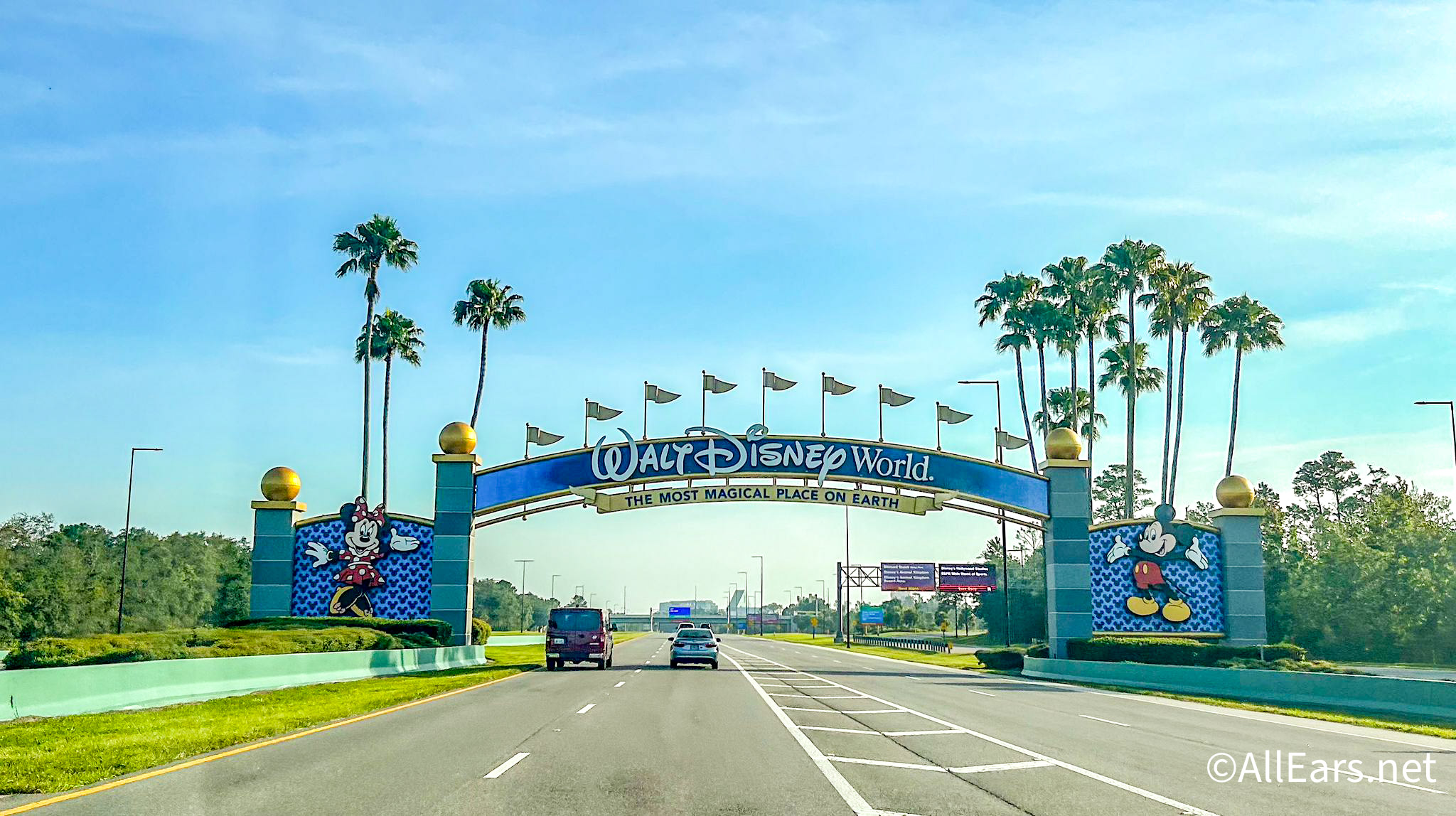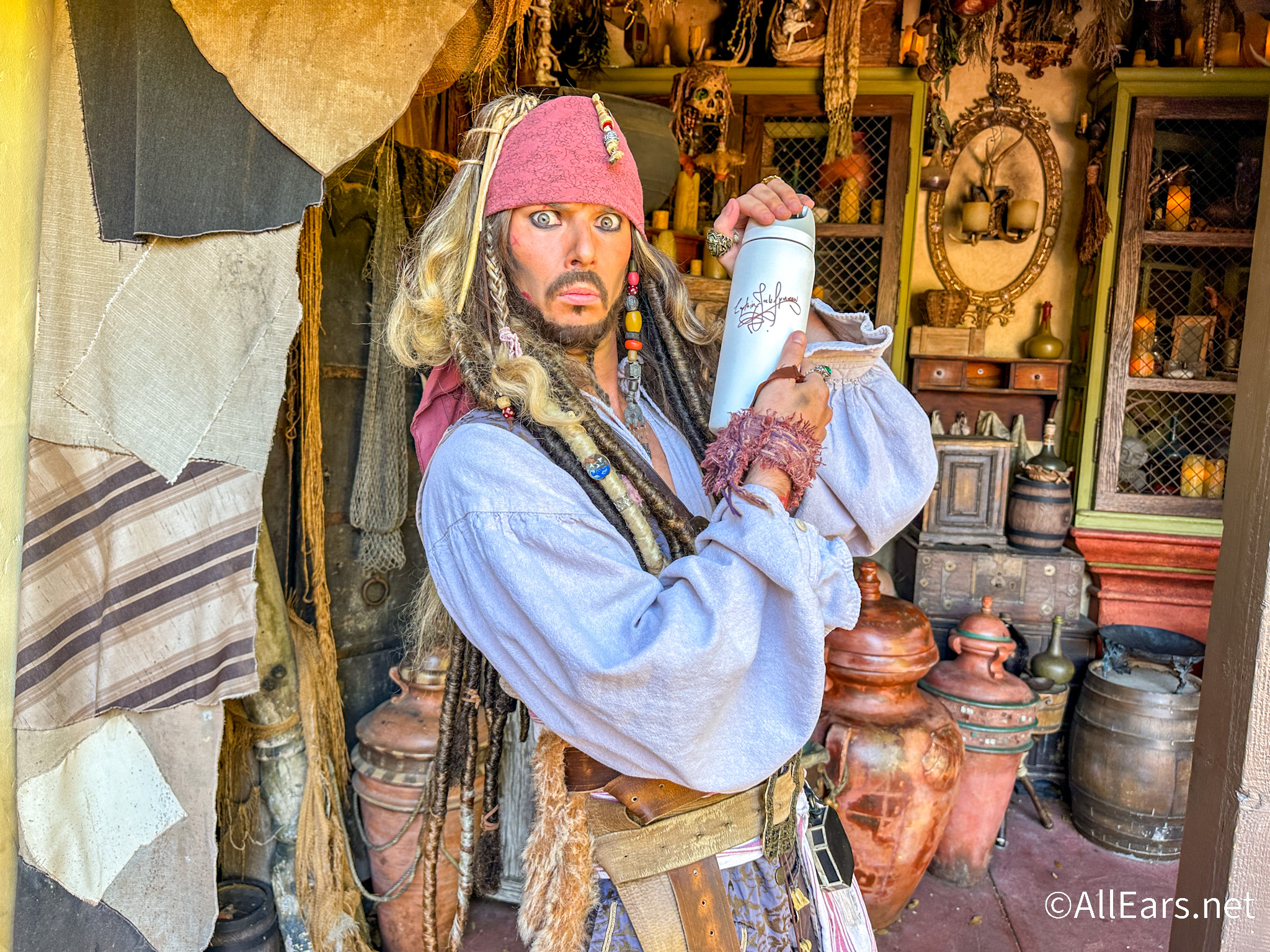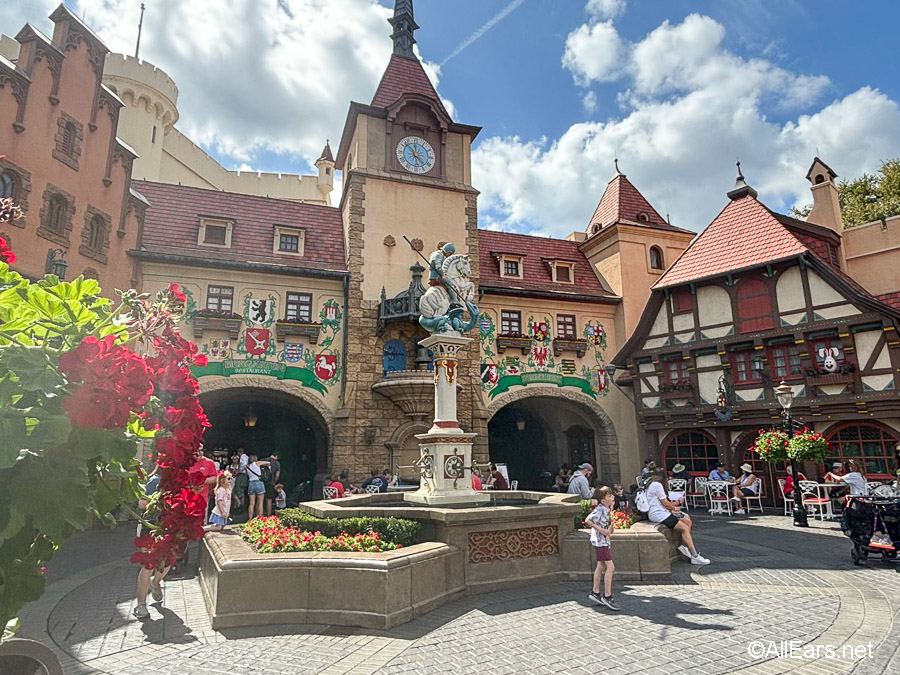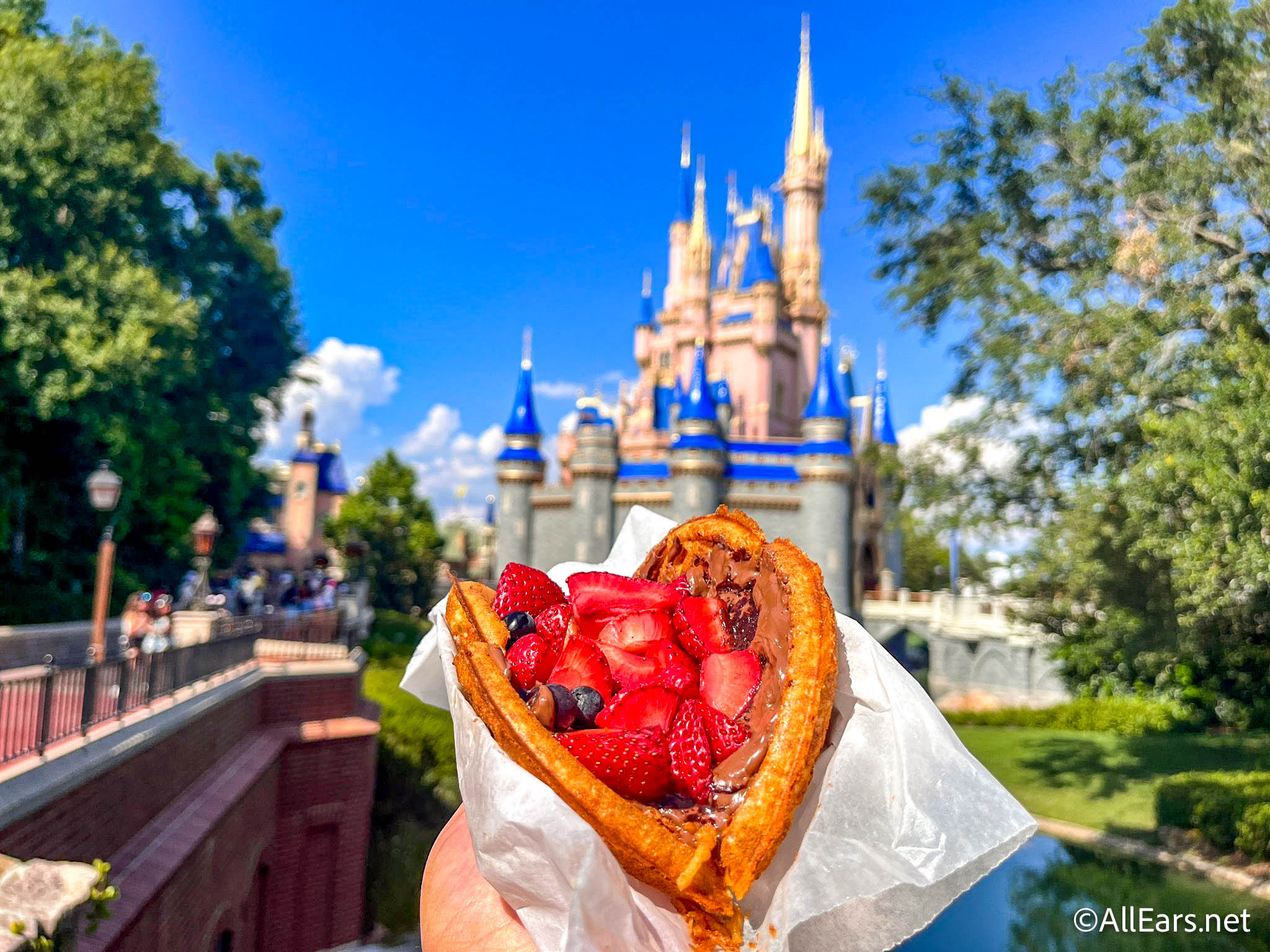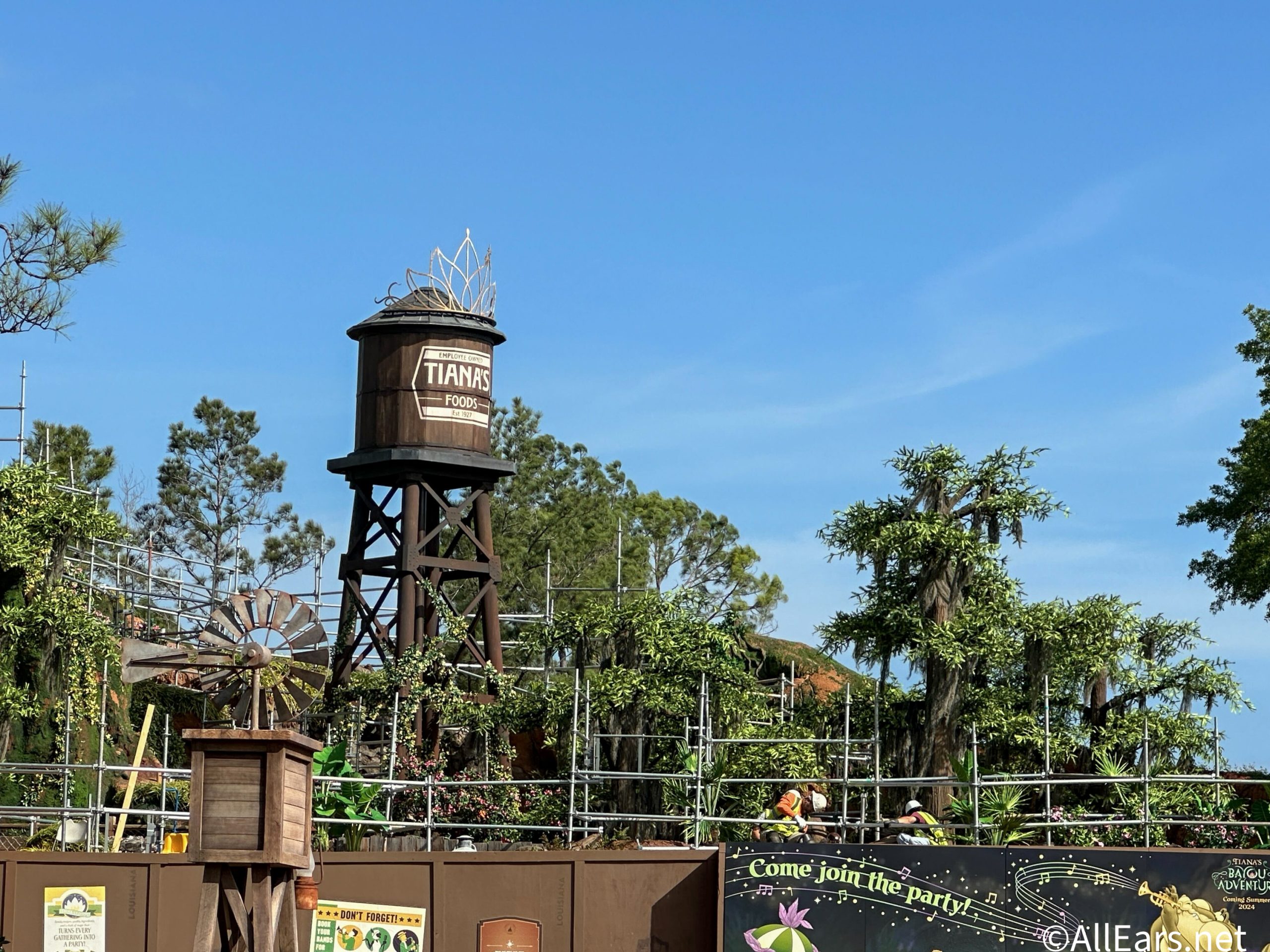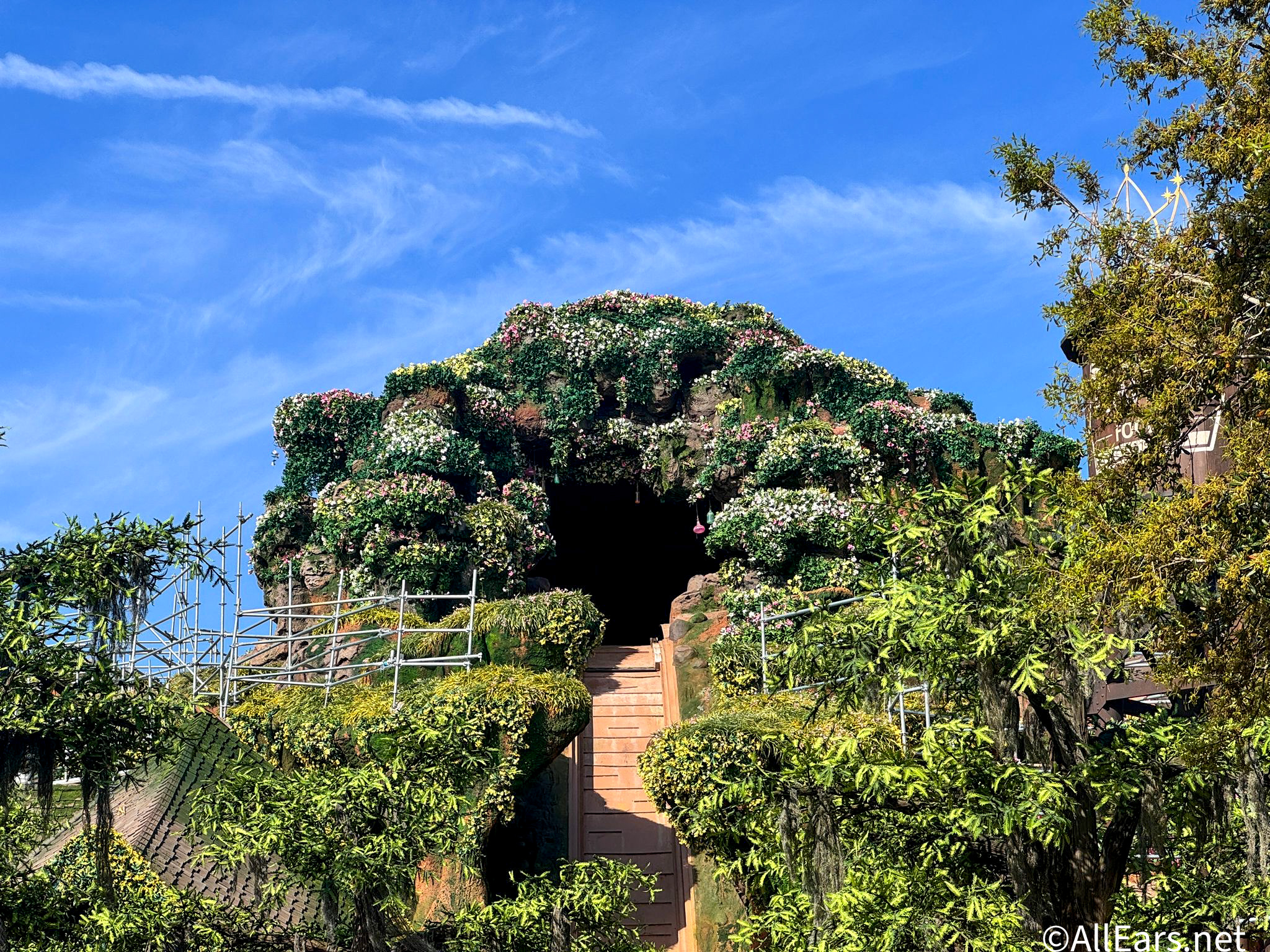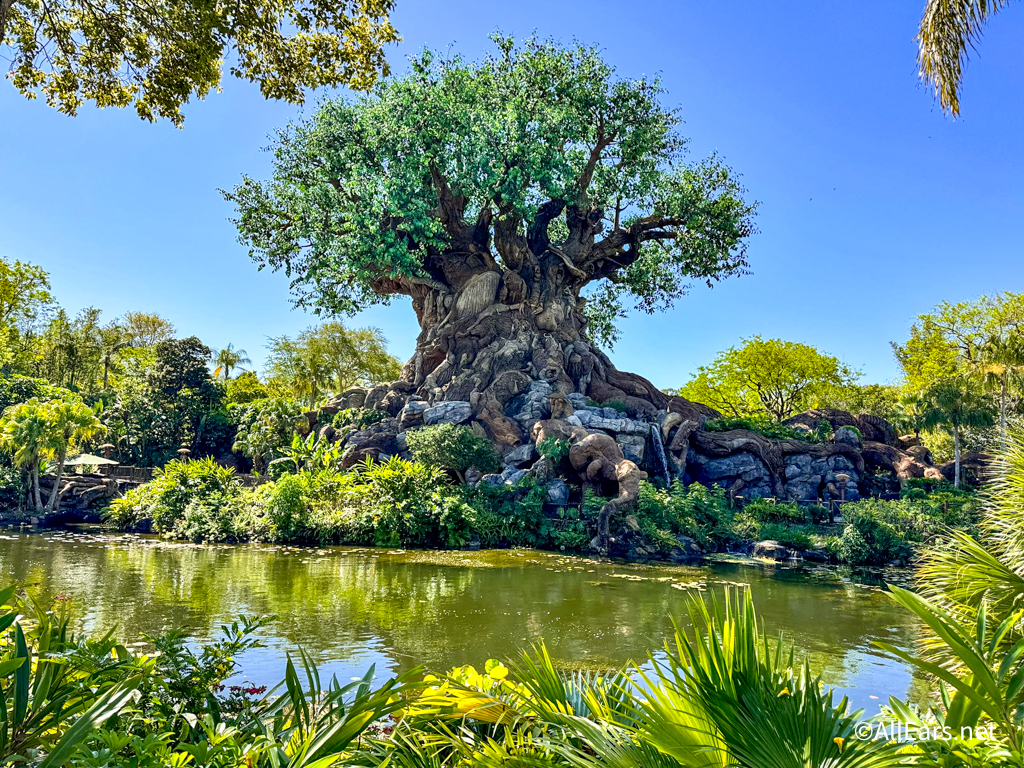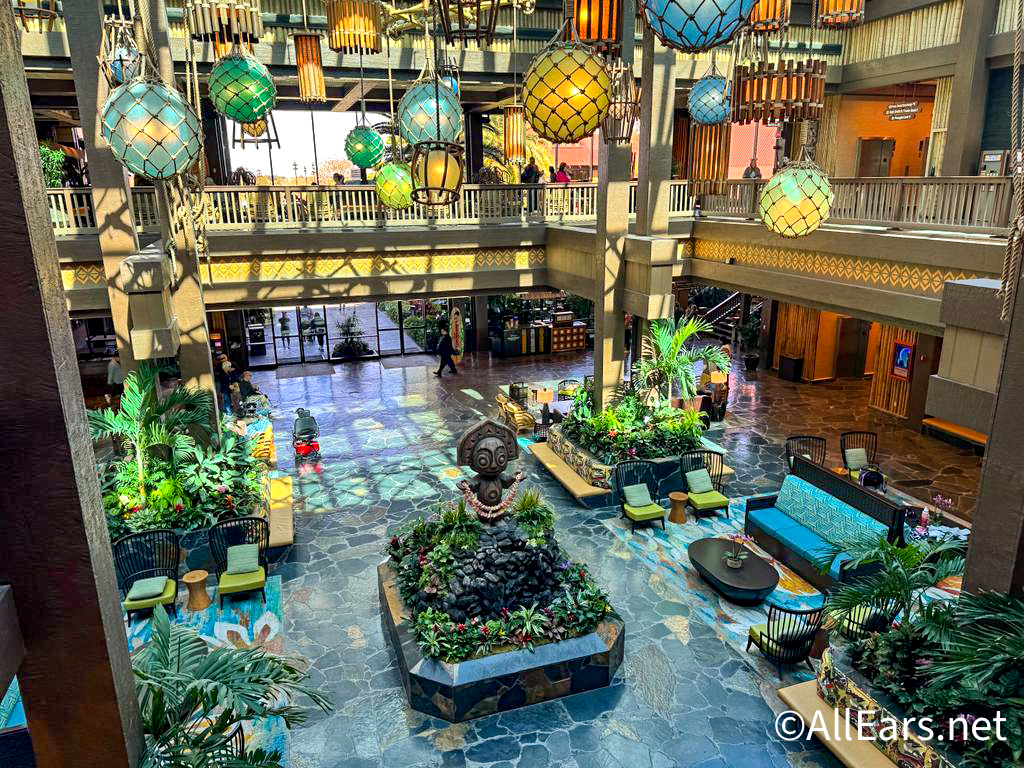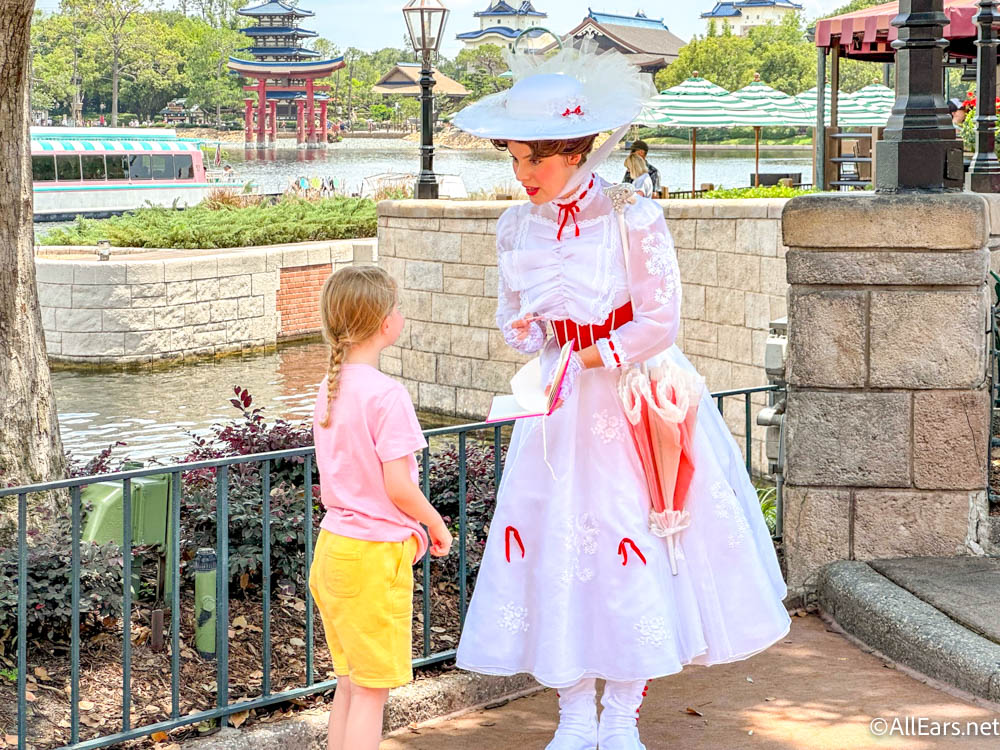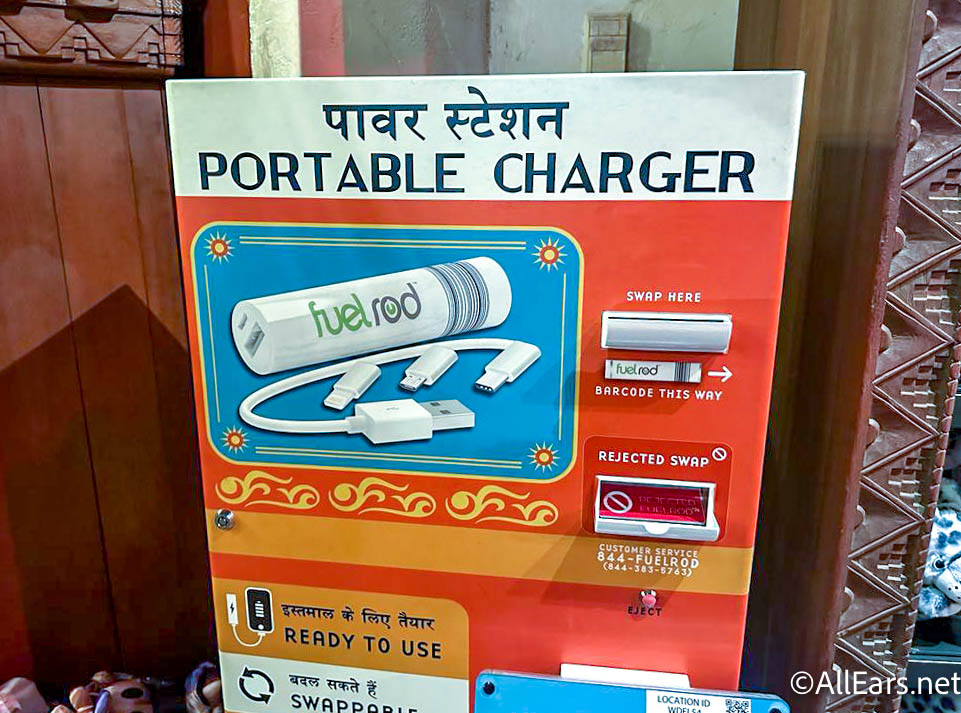Walt Disney World Chronicles: The Casting Center
by Jim Korkis
Disney Historian
Feature Article
This article appeared in the March 20, 2012 Issue #652 of ALL EARS® (ISSN: 1533-0753)
Sometimes the most interesting buildings on Walt Disney World property are not in any of the four theme parks. These structures that guests pass on their way to their vacation adventures often have rich stories of their own to share with those people who take a moment to pause in their journey.
The Walt Disney Company is an entertainment company. When Disneyland opened in 1955, it was not another amusement park. It was a theme park with each of the individual lands representing the most popular movie and television genres of that time period.
The influx of science fiction films influenced Tomorrowland. The overwhelming number of Westerns on TV and at movie theaters was reflected in Frontierland. Jungle adventure shows like Tarzan, Jungle Jim, Ramar of the Jungle, Sheena Queen of the Jungle as well as Disney's own True Life Adventures documentaries were depicted in Adventureland. Cartoons, of course, were the foundation of Fantasyland.
At Disneyland, a person was not hired for a job but was cast in a specific role in the overall production. These cast members were reminded that they had to put on a good show on stage for the guests. There was a backstage area to prepare for that show along with other cast members who supported the on stage show. To work at Disneyland, a person did not go to an employment office or a Human Resources location, but to a Casting Center.
That same philosophy traveled to the East Coast when Walt Disney World opened in 1971.
The original Walt Disney World Casting Center was hidden in a difficult to get to location behind the Magic Kingdom. It was a running joke that if a person could actually find the Casting Center, then they were automatically hired. Of course, that was just a joke because when the Magic Kingdom opened there was a 30-to-1 hiring ratio. On average, for every 30 people who applied for a job, only one was hired because the requirements were so high to be a Walt Disney World cast member.
On January 15, 1990, Chairman and CEO of the Walt Disney Company Michael Eisner officially announced the plans for a 10-year expansion plan for Walt Disney World to be known as the "Disney Decade". At the time, that expansion included plans for two dozen new attractions in the three existing theme parks, at least six new resort hotels, a Disney Vacation Club hotel offering, the building of a residential city to be called Celebration and a fourth theme park. Today, the Walt Disney Company is the largest employer in the state of Florida.
However, those plans meant that there would be a need for a larger, much more accessible casting facility to find the people necessary to staff all those new roles.
Eisner felt that one of the legacies he would leave from his time running the Walt Disney Company would be a commitment to Entertainment Architecture. Eisner thought that any major building on Disney property — not just those in the theme parks — should be designed to communicate a story.
Eisner offered the opportunity to create a new Casting Center for Walt Disney World to architect Robert A. M. Stern. Stern was also the architect for Disney's Yacht and Beach Club Resorts, Disney's BoardWalk Resort and, along with architect Jaquelin Robertson, was the master planner and designer of several buildings for the town of Celebration (near Walt Disney World). Among his many other accomplishments, he had won the American Institute of Architecture award twice.
His design philosophy was to take work from the past and re-interpret it for a modern audience. "Architecture is a dialog with the past carried on in the present with an eye toward the future," claimed Stern when asked to explain his "interpretation rather than innovation" approach.
When confronted with the challenge of creating a Walt Disney World Casting Center, he selected as his inspiration the Doge's Palace in Venice, Italy. He felt that building called to mind the fanciful European castles associated with Disney, and it portrayed a sense of authority and power.
He began work on the project in 1987 and the Casting Center opened March 27,1989. It was located right across the street from Downtown Disney with one side facing the busy I-4 freeway to act as a whimsical billboard to attract the attention of potential applicants driving on that interstate.
The two-story building is approximately 61,000 square feet. Originally, the entrance was lined with a row of Italian cypress trees (just like the ones that used to be visible in the rear of the Italian pavilion at Epcot) to use landscaping to add to the story. They were removed a few years ago and now the building is even more visible to those interested in applying for a position at Walt Disney World.
The diamond patterns on the outside of the building hark back to the pattern found on the Italian harlequin, as well as being exaggerated references to the same triangular pattern on the exterior of the real Doge's Palace. A Disney urban legend that is partly based in truth is that the design pattern echoes the diamond shape of Argyle socks that Walt Disney supposedly loved to wear. Reinforcing this legend is a painting of Walt inside the building, where he is shown wearing Argyle socks in the same color and pattern as this exterior building pattern.
The canopy awning, turrets and crenellation (notches) on top of the building seem to suggest the traditional Disney castles. A little-known secret is that the design of the canopy, with its airplane wing shape, was actually taken from concept drawings of Tomorrowland.
The Mickey Mouse icons along the top also identify the building as Disney. However, they serve a more practical purpose as well. They are scuppers, so when the rain comes, the water on the roof drains through them. Scuppers are very common on ships to eliminate excess water on the decks.
Everyone who comes to the building gets a smile from the bronze doorknobs on the front doors, which are re-creations of the famous doorknob in Disney's animated version of Alice in Wonderland. The doorknob is truly a Disney character creation, since he does not exist in Lewis Carroll's original story. He is there to help relieve the anxiety of someone coming to apply for a job by providing a small grin.
The building is designed to move potential applicants seamlessly to the location where they will apply. A short walk leads to a small oval rotunda surrounded by 12 gold leaf-covered statues of Disney characters on pillars just as you might find sculptures on pillars in an Italian palace. They are also placed there to make applicants less fearful and to remind them of Disney magic. At this point, the pathway turns to the left so that applicants can ascend a ramp 150 feet long.
Clever people have noticed that on the outside of the building, Stern has painted an exaggerated "Bridge of Sighs" to match that interior ramp. The actual Bridge of Sighs in Italy connects the interrogation rooms in the Doge's Palace to the old prisons. The name comes from the suggestion that prisoners would sigh at their final view of beautiful Venice out the window before being taken down to their cells. Stern intended the reference to bring to mind the process of being judged rather than the process of being sent to prison, although some people may debate Stern's interpretation.
As an applicant walks up the ramp, there are paintings on either side that once again mimic the murals that would be found in an Italian villa. However, the paintings on the side of the building facing the real world and paralleling I-4 depict unhappiness and road hazards. Even Mickey Mouse is getting a ticket from a police officer.
The paintings on the side of the building facing Walt Disney World property and the potential future of the applicant depict the Disney characters enjoying themselves tremendously at the parks, and even a smiling Walt Disney looking out on his dream that he never lived to see finished.
In addition to these murals, a potential applicant will also notice cracks on the wall and under the small bridge that spans the ramp. A sign of Disney neglect? No, just another example of Disney storytelling. During the Renaissance, newly wealthy Italian families wanted to make their estates look old and ancestral, and so utilized the effect of trompe l'oeil ("fooling the eye") of painting cracks to create the illusion of looking antique. From a distance these cracks look amazingly real, but if a person touched them they would find the cracks are flush with the wall. This imperfection is also designed to make the applicant feel more comfortable — that not everything is perfect.
The vaulted ceiling and natural lighting also provides relaxation through a sense of "openness." Looking up, a person would see a painting of Peter Pan flying toward Neverland, or in this case, a central receiving desk to guide the person to the proper location since the building also has other functions. There is a scale model of Cinderella Castle drawing the applicant in to the waiting area just as the similar castle in the Magic Kingdom draws guests into the theme park.
The Walt Disney World Casting Center is just another example of Disney storytelling through architecture.
=================
RELATED LINKS
=================
Other features from the Walt Disney World Chronicles series by Jim Korkis can be found in the AllEars® Archives:
http://allears.net/ae/archives.htm
=-=-=-=-=-=-=-=-=-=-=-=-=
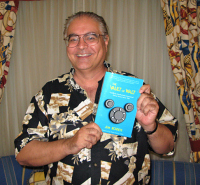 ABOUT THE AUTHOR:
ABOUT THE AUTHOR:
Jim Korkis is an internationally respected Disney Historian who has written hundreds of articles about all things Disney for more than three decades. He is the author of the recently published book The Vault of Walt, which contains nearly 40 chapters of untold Disney stories. As a former Walt Disney World cast member, his skills and historical knowledge were utilized by Disney Entertainment, Imagineering, Disney Design Group, Yellow Shoes Marketing, Disney Cruise Line, Disney Feature Animation Florida, Disney Institute, WDW Travel Company, Disney Vacation Club and many other departments.
Read more about The Vault of Walt: http://astore.amazon.com/debsunoffiwaltdi/detail/0615402429
-o-o-o-o-o-o-o-o-o-o-o-
Editor's Note: This story/information was accurate when it was published. Please be sure to confirm all current rates, information and other details before planning your trip.

